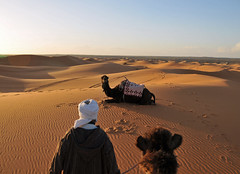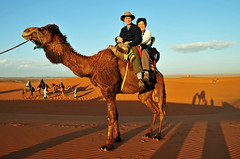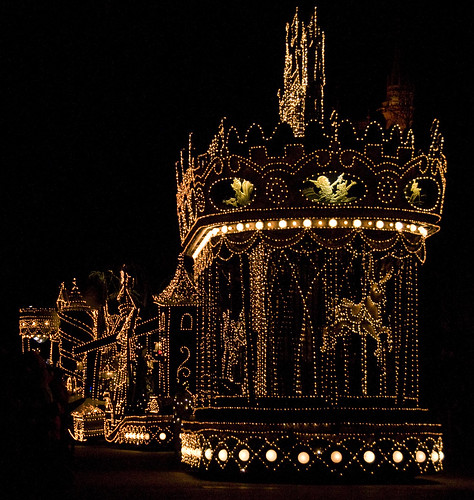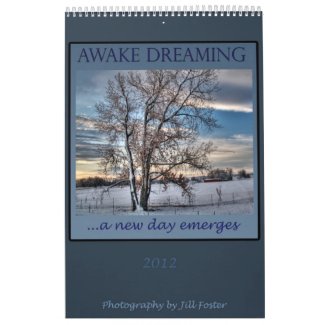

Shooting from different angles can give you very different looks. In these two shots, the bottom one Joe Camel and Friends is a typical vacation picture. Someone stands with a camera and shoots upwards at the subject with the dual purposes of showing the person(s) of interest and enough of the scene to give context for someone looking at the picture to know where its taken. In this shot, further interest is added by including (on the right), the shadows of the subjects of the photo and the photographer. The top photo, Caravan, is more interesting and artistic, taken by the person on the camel pointing forward at another camel (and the camel driver). It's more fun, presents a different perspective, but doesn't show the folks back home who is actually on the camel.
Both of these shots were taken on the Erg Chebbi Dunes on the Sahara in Morocco.



